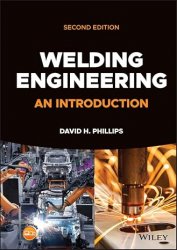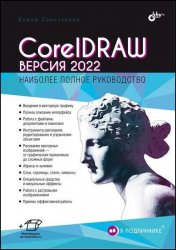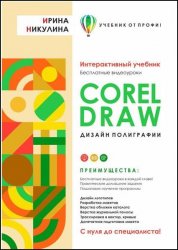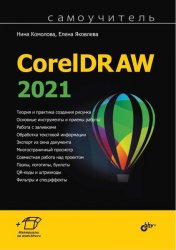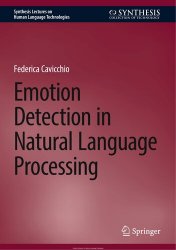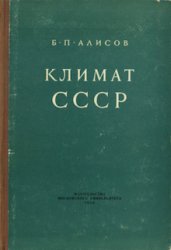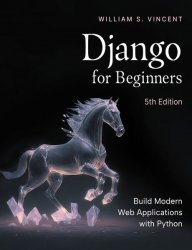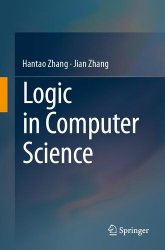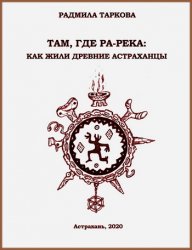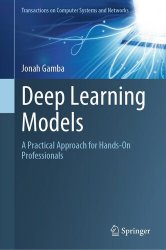 Название: Deep Learning Models: A Practical Approach for Hands-On Professionals
Название: Deep Learning Models: A Practical Approach for Hands-On ProfessionalsАвтор: Jonah Gamba
Издательство: Springer
Год: 2024
Страниц: 211
Язык: английский
Формат: pdf (true), epub
Размер: 65.3 MB
This book focuses on and prioritizes a practical approach, minimizing theoretical concepts to deliver algorithms effectively. With Deep Learning emerging as a vibrant field of research and development in numerous industrial applications, there is a pressing need for accessible resources that provide comprehensive examples and quick guidance. Unfortunately, many existing books on the market tend to emphasize theoretical aspects, leaving newcomers scrambling for practical guidance. This book takes a different approach by focusing on practicality while keeping theoretical concepts to a necessary minimum. The book begins by laying a foundation of basic information on Deep Learning, gradually delving into the subject matter to explain and illustrate the limitations of existing algorithms. A dedicated chapter is allocated to evaluating the performance of multiple algorithms on specific datasets, highlighting techniques and strategies that can address real-world challenges when Deep Learning is employed. By consolidating all necessary information into a single resource, readers can bypass the hassle of scouring scattered online sources, gaining a one-stop solution to dive into Deep Learning for object detection and classification. To facilitate understanding, the book employs a rich array of illustrations, figures, tables, and code snippets. Comprehensive code examples are provided, empowering readers to grasp concepts quickly and develop practical solutions. The book covers essential methods and tools, ensuring a complete and comprehensive coverage that enables professionals to implement Deep Learning algorithms swiftly and effectively.
Deep Learning is a high-pace research and development topic spanning an ever-increasing number of applications fields including but not limited to text recognition, speech recognition, natural language processing (NLP), image recognition, autonomous driving, and remote sensing. Among these applications, one of the currently trending and exciting implementations of Deep Learning is ChatGPT by OpenAI, which provides a platform to interactively performing queries on a wide range of subjects and get almost human-level answers. The list of applications seems endless and only depends on how problems can be transformed into machine-processible and learnable representations. Since it is practically impossible to cover every application field of Deep Learning in great details, we chose to limit the scope of this book to object detection and classification which have strong connections to Computer Vision. The ideas from object detection and classification can be extended into other areas with some modifications
Chapter 1 Basic Approaches in Object Detection and Classification by Deep Learning
This chapter introduces the basics of object detection and classification as target areas of Deep Learning. It briefly covers traditional methods such K-nearest neighbors (KNN), linear discriminant analysis (LDA), quadratic discriminant analysis (QDA), support vector machine (SVM), random forest (RF), and gradient boosting machine. We also give an overview of deep learning within the context of artificial intelligence. With this, we aim to introduce the reader into the subject. Object classification will be the main focus of this book.
Chapter 2 Requirements for Hands-On Approach to Deep Learning
This a bridging chapter in which we introduce some of the concepts needed to start building Deep Learning models in Python. The chapter starts with basic principles related to data manipulation and ends with explanation on how to set up the modelling environment. It is expected that the reader is familiar with some high-level programming concepts which are very easy to acquire within a short space of time. Deep Learning models mostly deal with vectors and matrices as we know them from linear algebra. These objects are sometimes referred to as tensors but from an engineering perspective, they can be considered as subsets of multi-dimensional arrays especially if one is already familiar with numerical processing tools like MATLAB, Scilab, Octave, etc. Like any other language, Python has a unique way of accessing and manipulating these arrays.
Chapter 3 Building Deep Learning Models
This chapter illustrates how to build deep learning models, their training and evaluation using the Keras framework in a simple and succinct way. We briefly explain some of the concepts behind these models so as to give the reader a smooth entry into each section while concentrating mainly of how-to-use rather than details of the algorithms themselves. The entry point will be shallow networks upon which the deep neural networks are developed. We then touch on convolutional neural networks (CNNs), followed by recurrent neural networks (RNNs) and finally long short-term memory (LSTM)/ gated recurring units (GRUs).
This book is designed to equip professionals with the necessary skills to thrive in the active field of Deep Learning, where it has the potential to revolutionize traditional problem-solving approaches. This book serves as a practical companion, enabling readers to grasp concepts swiftly and embark on building practical solutions.
Contents:
Скачать Deep Learning Models: A Practical Approach for Hands-On Professionals
[related-news] [/related-news]
Комментарии 0
Комментариев пока нет. Стань первым!


